The National Emergency Telecommunication Plan (NETP) sets out a detailed strategy to make sure Rwanda’s communication systems stay reliable and effective before, during, and after emergencies. It was jointly created by the Ministry of ICT and Innovation (MINICT) and the Ministry in Charge of Emergency Management (MINEMA) to improve coordination and strengthen disaster management through modern technology.
The plan supports Rwanda’s national development goals and follows international frameworks such as the Sendai Framework for Disaster Risk Reduction and ITU guidelines on emergency telecommunications. It clearly defines the roles of all key players — including government bodies, telecom companies, media outlets, and humanitarian agencies — to ensure a unified national response.
The NETP focuses on four main stages of disaster management:
- Mitigation: Minimizing risks by building strong infrastructure, creating backup networks, and conducting hazard mapping.
- Preparedness: Setting up standard procedures, early warning systems, and regular drills and training.
- Response: Guaranteeing smooth communication among responders, fast information sharing, and public updates.
- Recovery: Restoring damaged communication systems and applying lessons learned to build greater future resilience.
The plan also includes a monitoring and evaluation system to keep strategies up to date with new technologies and changing risks. It uses mobile, broadcasting, and satellite networks, along with other ICT innovations, to ensure communication remains active even in the toughest situations.
Overall, the NETP aims to strengthen cooperation, improve system interoperability, and encourage partnerships between public and private sectors — all to protect lives, secure national infrastructure, and help Rwanda achieve its vision of becoming a smart, safe, and disaster-resilient nation.









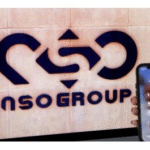



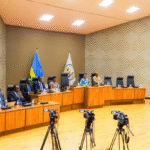



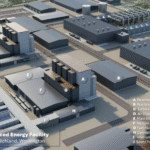
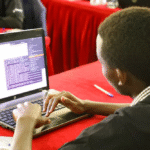
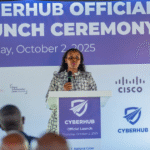



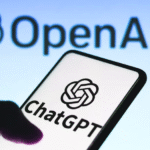


xn88 google play Sảnh game bắn cá tại đây bùng nổ với rất nhiều chủ đề săn thưởng siêu hot. Hơn nữa, tỷ lệ trả thưởng mà nhà cái cung cấp cũng được đánh giá là cao gấp 3, thậm chí gấp 4 lần so với mặt bằng chung trên thị trường.